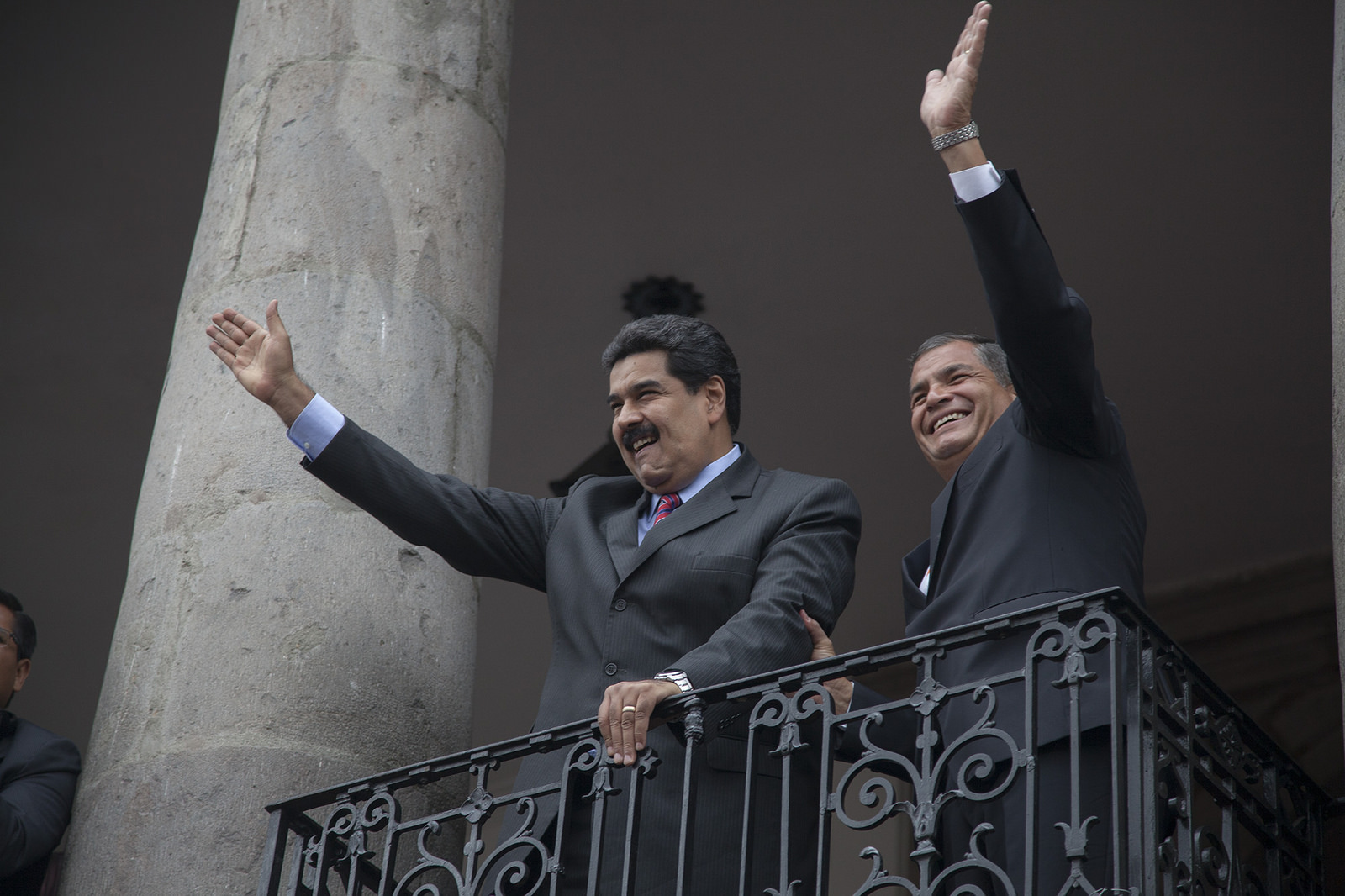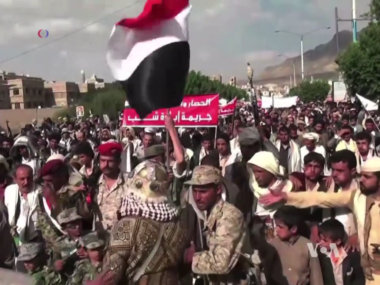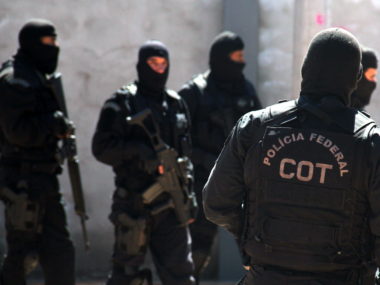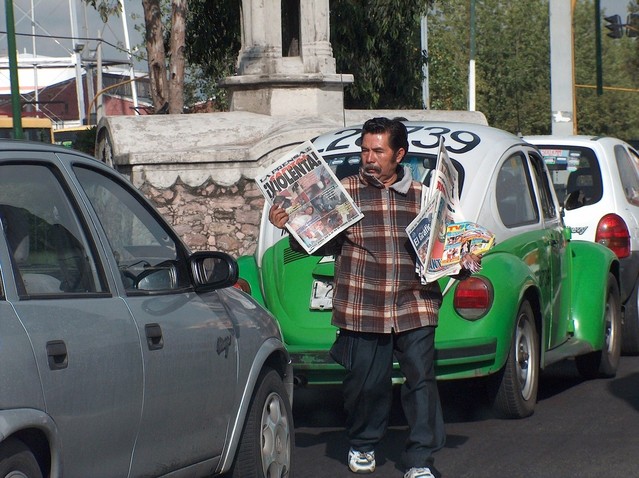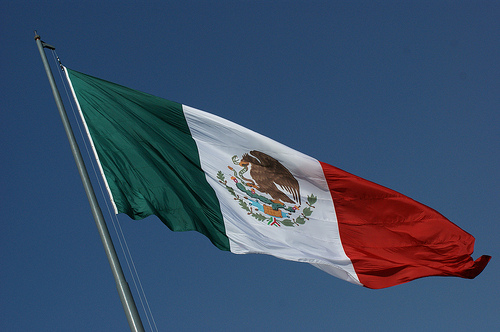By Julia Macdonald for Denver Dialogues.
Approximately one month ago a group of dissident soldiers reportedly attempted to assassinate the President of Venezuela, Nicolas Maduro, with explosive-laden drones. News of the attack quickly dominated the news cycle and shocked many observers who viewed this as a pivotal moment in the use of drones by non-state actors. This reaction is understandable. While armed drones are frequently used in conflict zones, this event seemed to represent a departure from the norm in two respects: it took place in a civilian environment, and it marked the first time a drone has been used to target a head of state.
Many within the drone research community, however, were far less surprised. In fact, analysts studying these technologies have predicted an incident of this type for some time and view it as a continuation of ongoing patterns of behavior by non-state actors. What this event did reveal, however, is how difficult it is for governments to detect and prevent these types of attacks from occurring. Since it seems only a matter of time before this kind of event happens again, increased attention should be placed on how to better defend against similar uses of weaponized drones in the future. Unfortunately, existing options available to governments are limited.
What happened?
The attack occurred on August 4th while President Maduro was giving a speech at a military event in Caracas celebrating the 81st anniversary of Venezuela’s National Guard. According to reports the drones, loaded with up to 1kg each of C-4 explosive, were seen were flying overhead before being intercepted by the Venezuelan military. The President was unharmed, but several soldiers standing nearby were injured when the drones went off-course. Since that time, fourteen people have been arrested and a group called ‘Soldiers in T-shirts’ have claimed responsibility.
Why the Attack Isn’t Surprising
The use of drones to attack a head of state quickly made front page news and shocked many observers. For those within the drone research community, however, this type of event has been expected for some time. Analysts have been concerned with terrorists using armed drones since the early 2000s when they were introduced onto the battlefield. As Michael Horowitz, Sarah Kreps, and Matthew Fuhrmann argue, small drones generate military benefits for non-state actors as precision weapons in much the same way as suicide bombers. Even hobbyist drones, they note, “mounted with a small amount of explosive could have the ability to generate damage and terrorize the population.”
In fact, a number of militant groups in Iraq, Syria, and Ukraine have been using drones in just this way since early 2016. Hezbollah is said to have its own “drone fleet,” the Houthi rebels in Yemen have reportedly been supplied with drones from Iran, and militias in eastern Ukraine have been using Russian-made drones. The Islamic State is also known to have used armed commercial drones to target US forces in Syria.
As commercial drones have become cheaper and more widely available, the number of drone-related incidents outside of conflict zones has also grown. In September 2013—already five years ago—a quadcopter flew within feet of German Chancellor Angela Merkel’s head, portending recent events. Here in the United States, a US federal employee managed to evade some of the tightest security in the world when he accidentally crashed a Phantom drone on the White House lawn in January 2015. And late last year a man was arrested after piloting a drone over multiple NFL stadiums in an attempt to distribute propaganda leaflets to game attendees.
While none of these events was violent in nature, what is scary is how easily they could have been. The increasing accessibility of drone technology means that the barriers to buying and weaponizing these platforms are surprisingly low. For example, the drones used in the Venezuelan attack were DJI M600 quadcopters – a platform designed for professional filming and photography and available online for $5,000. Swapping out cameras for explosives is not a particularly difficult task, and it certainly “isn’t rocket science” as one drone expert has put it. Given these facts, it is perhaps more surprising that a Venezuela-type incident hasn’t happened sooner.
What Can Governments Do?
The growing ubiquity of drone technology means that more attacks are likely to occur in the future. Given this reality, governments need to find ways to prepare for, and better defend against, the use of this technology in a wider variety of contexts than the battlefield. The problem is that while larger commercial drones have to be registered by an owner to operate, they are still often too small or flown too low to be detected by radar. Moreover, even when detected, the options for interdiction are limited. Setting aside the legal issues, shooting down a drone outside of a conflict zone risks injuring innocent civilians. Jamming the signal controlling the drone risks disrupting all mobile communications on the ground.
A number of efforts are being undertaken to overcome these challenges. France and the Netherlands have tried training eagles to take down small drones. Japanese police have used drones equipped with nets to catch other drones. And the US military has been developing its own “drone-killing lasers.” None of these systems, however, are yet able to offer a comprehensive, cost-effective defense against drone attacks. In this context, the Venezuela incident, while perhaps not a surprise, brings into sharp relief the challenge facing governments in dealing with this growing security threat.

